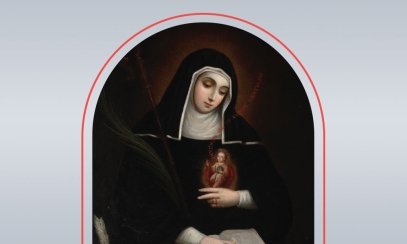
St. Helena of Constantinople
c. 248-330 | Feast: August 18
c. 248-330 | Feast: August 18
The mother of Constantine the Great had humble beginnings, but rose to great importance in Christian history.
Not much is known about Helena’s early life, but St. Anselm reports that she worked as a stable maid before marrying a Roman official, Constantius Chlorus. In 270, she gave birth to Constantine, who would later become the emperor. Almost 20 years later, Constantius divorced Helena and married the stepdaughter of the emperor to enhance his political standing. Later, Constantine became emperor upon his father’s death and brought Helena back to the imperial court. She converted to Christianity shortly thereafter.
Constantine conferred the honorific title of Augusta upon his mother in 325 and appointed her to oversee the imperial treasury so she could work to locate Christian relics.
Helena then set off on pilgrimages to Palestine and the Holy Land, discovering the sites of Christ’s birth, crucifixion and ascension, and even the burning bush of Sinai. Along with discovering these sites, relics important to Christian history were purportedly recovered, such as the True Cross, the nails and rope used during the crucifixion, and the tunic Christ wore before his Passion.
Helena ordered churches and basilicas to be built upon these holy sites, many of which still stand today. The Church of the Holy Sepulchre in Jerusalem is the site where the True Cross was discovered. According to legend, a severely ill woman near death touched the cross and was miraculously cured.
Helena died in 330 and was soon revered throughout the Christian world as a saint. Her sarcophagus can be visited in the Vatican Museums today.



